Medicine article9 results
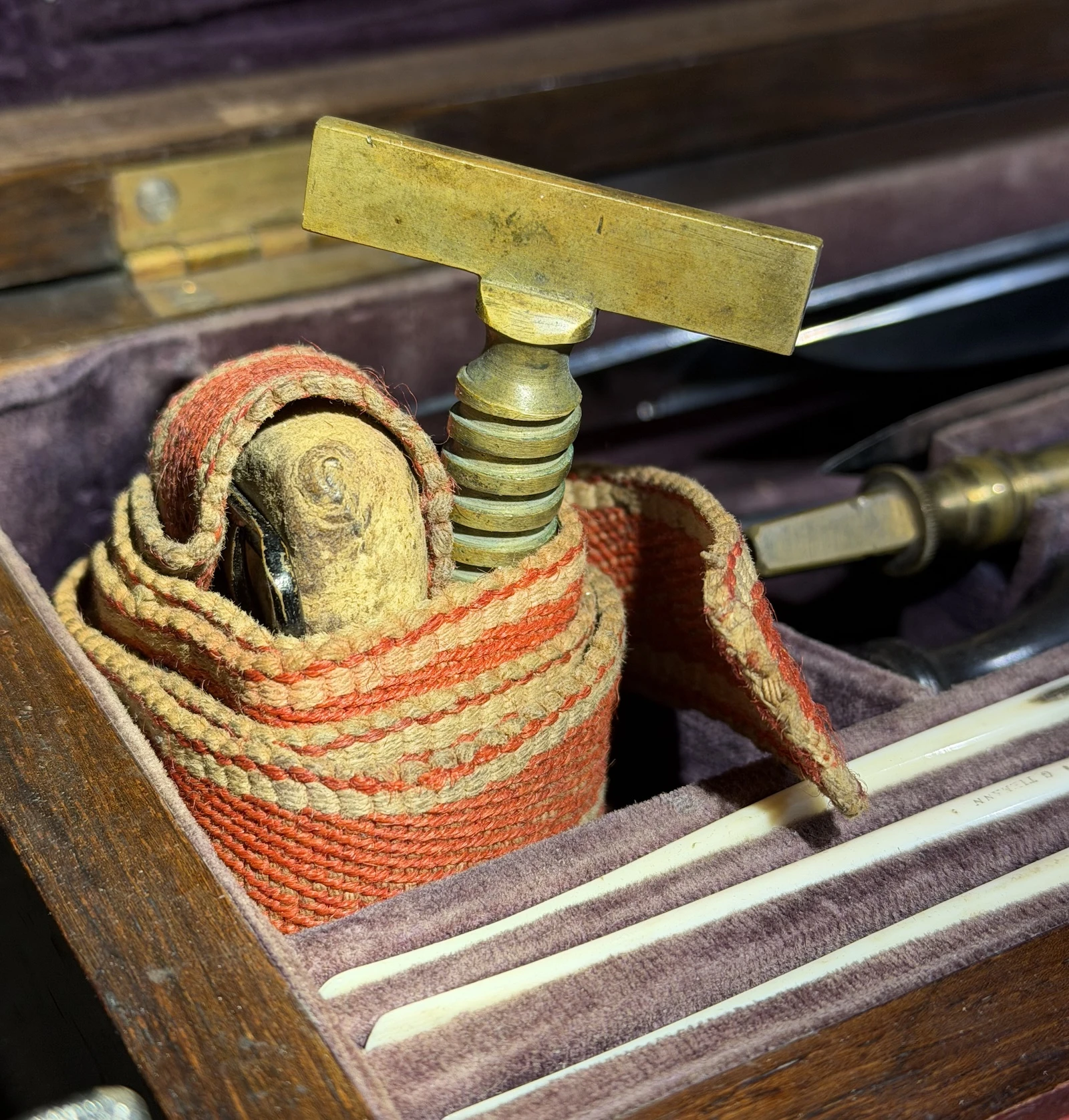
The tourniquet is considered by many to be one of the most significant inventions in the history of surgery, having saved millions of soldiers and trauma victims. The earliest documented methods of blood control emerged in ancient India, as evidenced by Sushruta's ligatures, and referenced by Roman medici for vessel tying and cauterisation, in addition to external limb binding. Medieval and Renaissance barber-surgeons utilised tight bands, and in the 18th century, Jean-Louis Petit developed the screw tourniquet. The evolution of emergency care has been characterised by significant developments, with innovations ranging from Esmarch's elastic bandage to modern C-A-T devices.
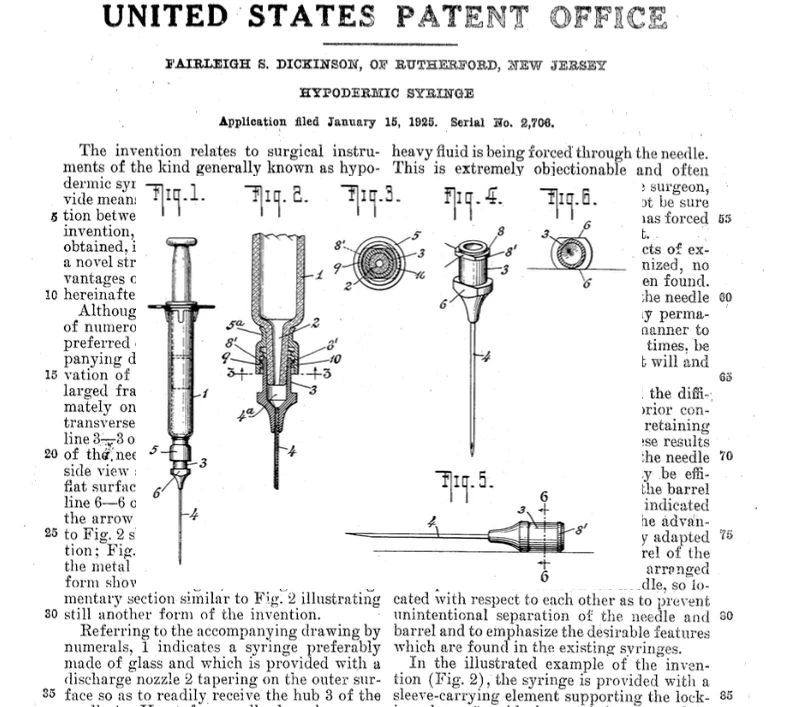
Becton & Dickinson invented the world-known standard for connecting needles to syringes and registered it under the trademark name 'Luer-Lok'. Why did the American company name their innovation after the French company Maison Lüer? Here is the story behind one of the most practical inventions in the field of medicine.
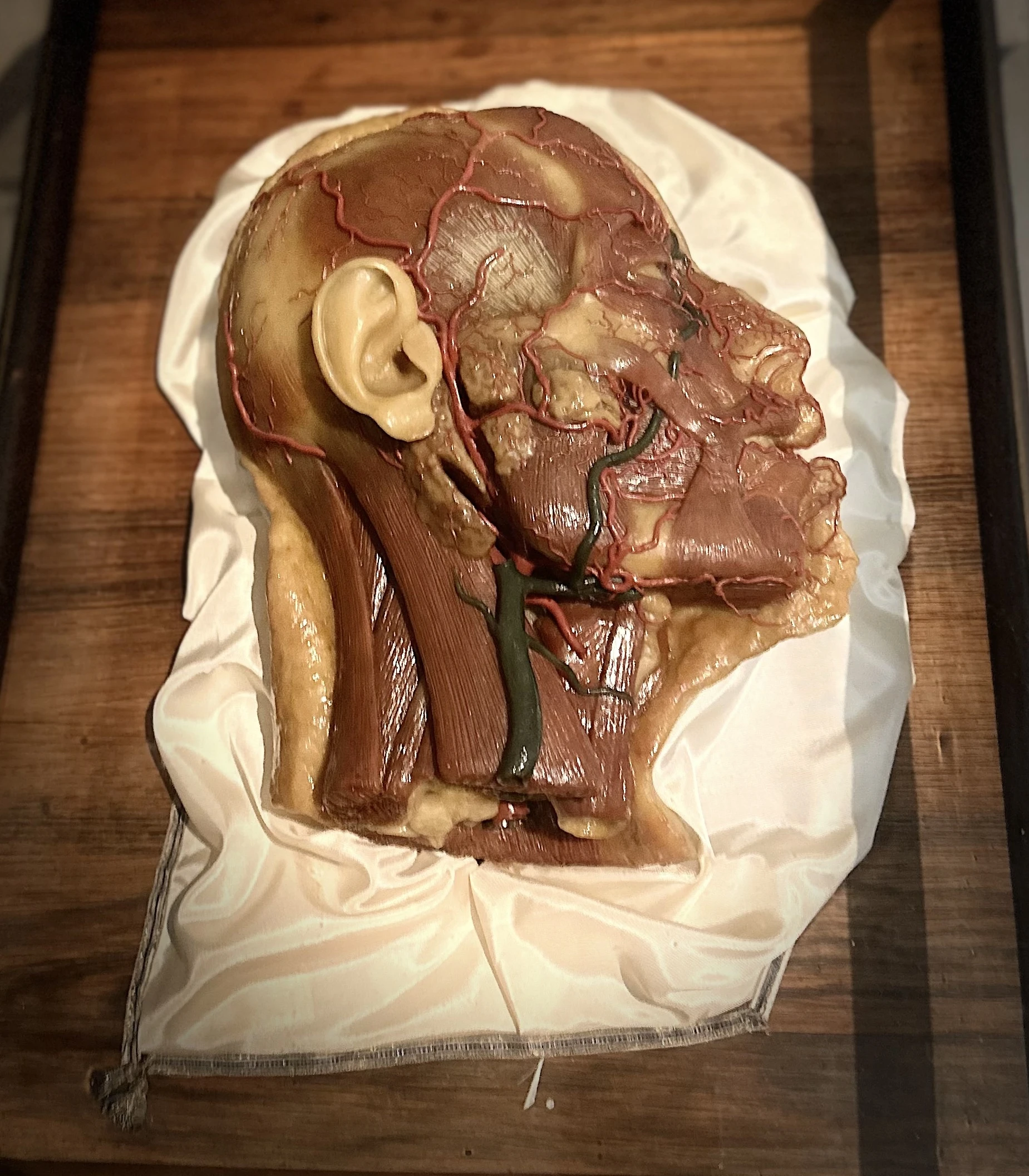
Wax anatomical models designed to train physicians and educate the public were once innovative educational teaching aids. Some world-class museums including La Specola in Pisa, Josephinum in Vienna, Palazzo Poggi in Bologna, Science Museum in London, Semmelweis Museum in Budapest, Muséum national d'Histoire naturelle in Paris are proud of their collections. This amazing craft, combining art and science, anatomy and chemistry, practical skill and theoretical knowledge, which stood at the forefront of innovation in the 17th and 18th centuries, originated and flourished in Northern Italy
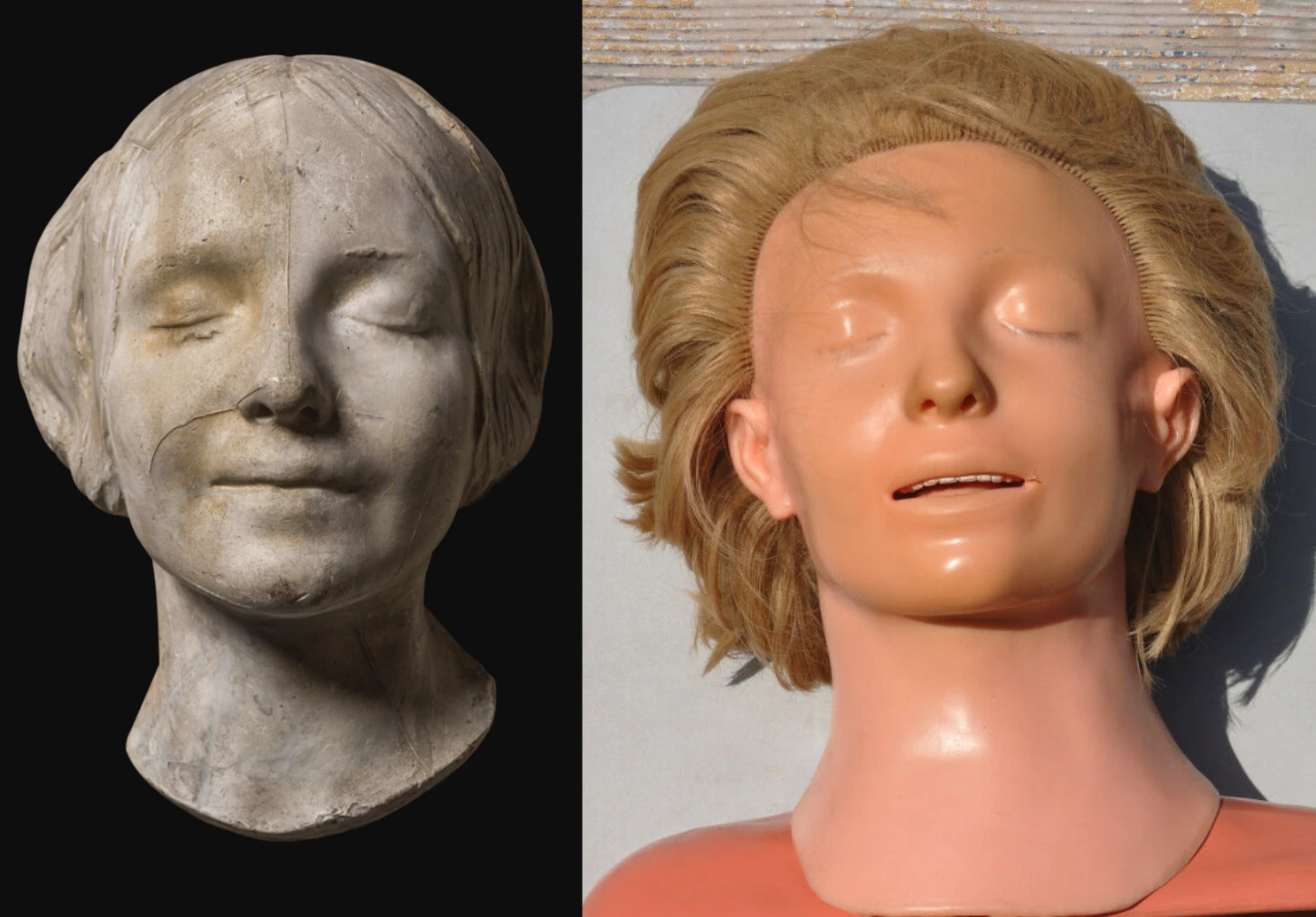
The famous mask of L'inconnue de la Seine or La Belle Italienne served as prototype for the face of the world's first and main cardiopulmonary resuscitation manikin, Resusci Anne. The mask's history is worthy of further investigation, as it has been previously researched and is still a topic of ongoing study.
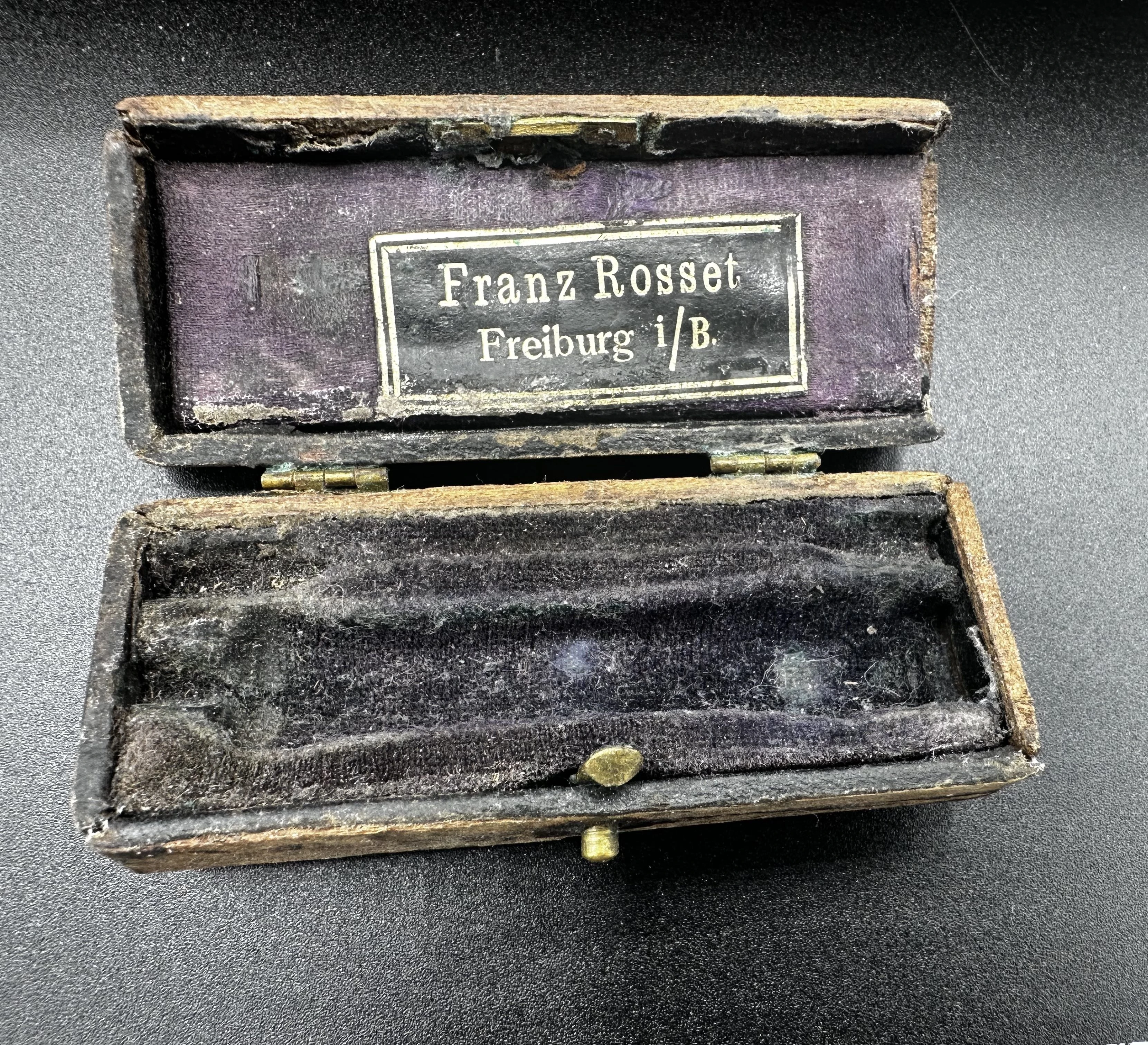
In the world of collecting antiques of medical instruments are often graded based on their condition. The ratings like C1, C2, and C3 are used to indicate the state of preservation and the amount of wear or damage an item has sustained over time. C1 – excellent condition, with minimal signs of wear or use and retains most of its original features and functionality. C2 – good condition but may show more evident signs of wear or aging. C3 – fair or poor condition with noticeable damage or significant signs of wear.
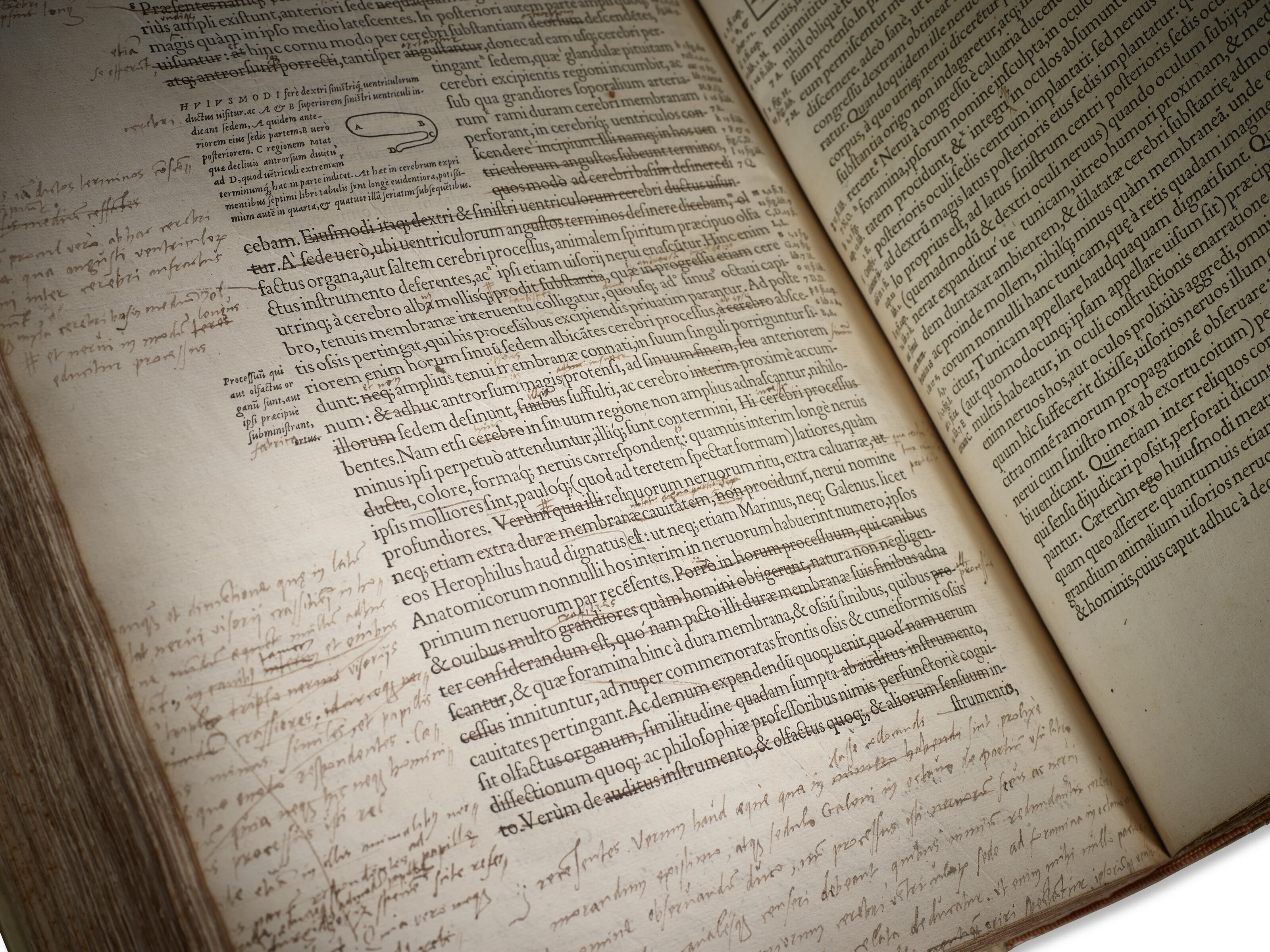
The story of how the second edition of the book De humani corporis fabrica libri septem, by Flemish Andreas Vesalius (1514–1564), desecrated by numerous marginal notes, became one of the most outstanding examples of scientific printing that has come down to us has shocked the world of medical history and bibliography. This book, first published in 1543, then revolutionised anatomy and, among of others, commented on about 200 mistakes and misconceptions of the infallible authority, Claudius Galenus, questioning more than a thousand years of anatomical beliefs. It is no wonder that the young genius (Andreas Vesalius was only 29 years old when by publishing his Opus magnum) faced not just significant opposition, but fierce hatred, a real mass shitstorm for questioning established views, rocking the comfortable chairs of professorial chairs.
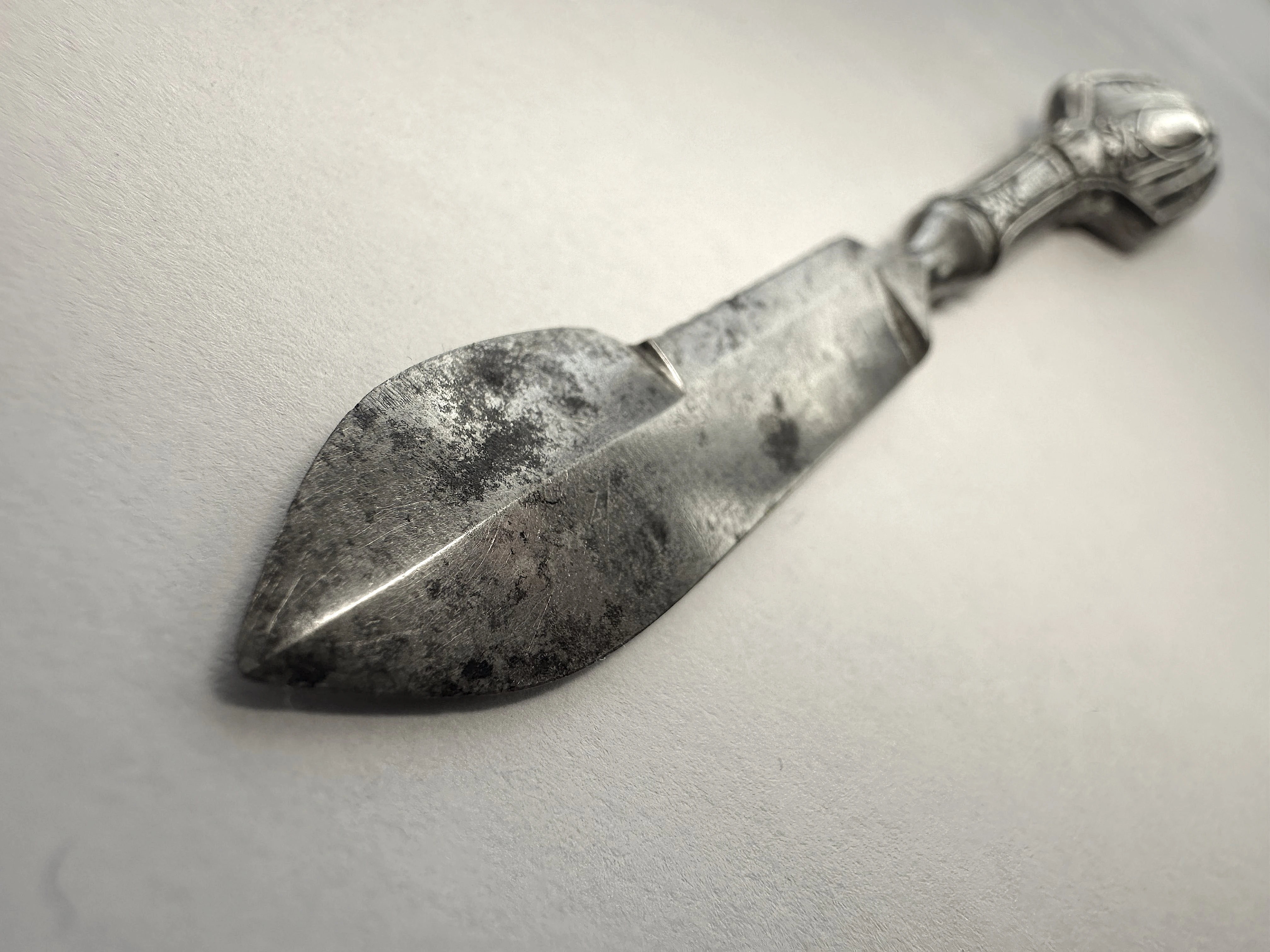
Everyone who deals with antiques sooner or later encounters fakes, collectors of surgical instruments and medical historians are no exception. One of the most frequently counterfeited, or rather issued with fake description – is the lancet, perhaps the most commonly used instrument of the surgeon up to the beginning of the 20th century. The classic antique surgical lancet was an instrument used for opening abscesses, phlebotomy (bloodletting) and other procedures requiring a precise and minimal incision. In appearance, it resembled a small, thin, pointed, double-edged knife that allowed the doctor to make clean and precise incisions. The presented specimen appeared to be not a "silver Victorian lancet", but something else...

Establishing the publication date of a medical trade catalogs is not always trivial. Many medical instrument manufacturers did without catalogs for many years – there was simply no need for them. Then, when the first trade catalogs of medical and surgical instruments appeared, they often omitted the date of their publications. There are several indications that can be used to determine the approximate year of publication of catalogs, which are discussed in this article.
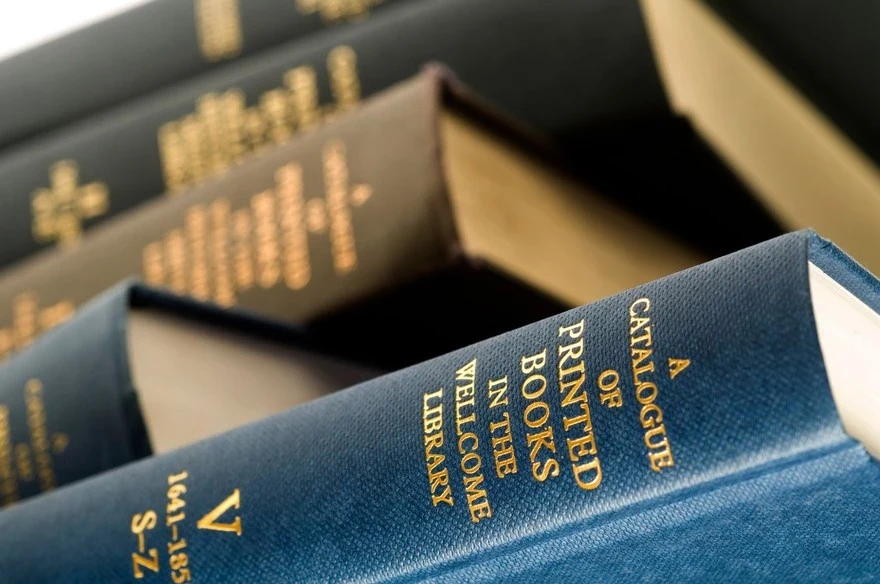
To find the right path in the ocean of historical books, we can turn to some catalogs of the most important examples of historical literature in medicine. The most respected for their thoroughness and historical value are seminal resources for researchers looking for rare and important medical books of the past. References to their records are often found in the reference departments of university libraries and specialized institutions and are often cited by booksellers of scientific and antiquarian books: Wellcome Historical Medical Library Catalogue; Garrison-Morton's Medical Bibliography; Hirsch's Biographisches Lexikon der hervorragenden Ärzte; Osler's Bibliotheca Osleriana; The Bibliotheca Walleriana; The Harvey Cushing Catalogue; Heirs of Hippocrates; Catalogue of the History of Medicine Collection in the National Library of Medicine.